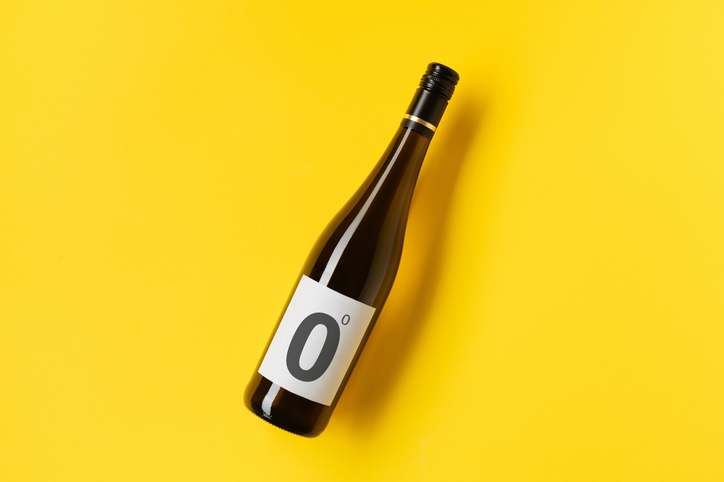Flinders University researchers are set to investigate the impact of the rapidly growing zero-alcohol drinks market on young people’s perceptions of alcohol to determine if it needs tighter regulation.
The $40,000 project will investigate the impact of promoting and using zero-alcohol drinks on young people’s perceptions and behaviour towards full-strength alcohol and whether they act as a gateway to alcohol use or alcohol brand loyalty.
It is a public health imperative to delay or stop the use of alcohol among adolescents and sustain reductions in risky consumption, says lead researcher Dr Ashlea Bartram from the College of Medicine and Public Health.
“The zero-alcohol drinks market is rapidly growing and widely promoted in South Australia, especially in supermarkets and other places freely accessible by children, where traditional alcohol sales are restricted.
“Parents, policymakers, businesses, and researchers are concerned that zero-alcohol drinks – particularly those that share a brand and packaging look and feel with alcoholic drinks – may work as alcohol advertising in disguise, undermining regulations aimed at limiting children’s exposure to alcohol products and promotions, and potentially acting as a gateway to alcohol and its associated harms.
“We want to know the extent to which exposure to zero-alcohol products and promotions affects adolescent children’s perceptions of alcoholic drinks. Whether these effects differ between zero-alcohol drinks featuring brands used on alcoholic drinks (‘brand extension’) and those featuring brands that are unique to zero alcohol drinks (‘unique brands’),” says Dr Bartram.
“There is a well-established association between frequency of alcohol advertisement exposure and alcohol consumption among adolescents and the effects of exposure to alcohol advertising are cumulative: the more alcohol advertising a young person is exposed to, the more alcohol they consume,” she says.
There are multiple regulations that reduce children’s exposure to alcohol and the advertising of alcohol-containing drinks in South Australia but drinks that have less than 0.5 per cent alcohol by volume are not currently covered by existing alcohol regulations, and instead are regulated as soft drinks under Food Standards Australia New Zealand Code 2.6.2.
Dr Bartram says that it is critical to investigate the impacts of exposure to these zero-alcohol products and promotions on adolescents now, while the market is in an early phase of rapid growth, so that policymakers have the evidence to regulate these products appropriately.
“How to regulate these drinks is one of the most critical emerging issues in alcohol policy both locally and globally. Our project will provide an initial answer to policymakers to guide the regulation of zero alcohol products to protect children from alcohol-related harms,” she adds.






